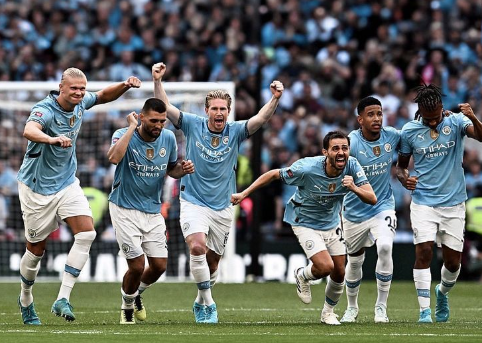Football betting isn’t just about results it’s about rhythm. Some matches open up immediately, others evolve in layers. And within that flow lies one of the most fascinating markets: Half Time / Full Time (HT/FT). It’s a bet type that challenges you to read the match like a story beginning, middle, and end rather than just the final score.
HT/FT bets ask: who’s leading at the break, and who finishes on top? While it may sound like a simple extension of traditional match betting, it requires a different kind of insight one based on scenario building, timing, and psychological patterns.
Understanding the Narrative of a Match
Matches unfold through patterns. A dominant team may start fast and never look back. Another may wear down the opponent, scoring late. Underdogs might stun early, only to be reined in. HT/FT betting captures these arcs better than any other market.
What expert bettors do well isn’t just looking at odds they analyze the type of match likely to occur. It’s this logic that drives truly expert ht/ft tips: a deep understanding of how team styles, motivation, and tactics interact over 90 minutes.

Typical Match Scenarios Behind HT/FT Outcomes
Let’s break down some recurring patterns that often lead to popular HT/FT combinations:
| HT/FT Outcome | Common Match Scenario | Example |
|---|---|---|
| Win/Win | Strong favorite dominates from start | Man City vs. Burnley |
| Draw/Win | Tight first half, favorite pulls away late | Inter vs. Empoli |
| Lose/Win | Early shock by underdog, top team recovers | PSG vs. Strasbourg |
| Draw/Draw | Tactical or low-scoring stalemate | Girona vs. Real Sociedad |
| Win/Draw | Fast-starting team runs out of steam | Leeds vs. Brighton |
Recognizing these narratives early before the market adjusts can unlock real value.
What Makes HT/FT Unique
This market doesn’t just require statistical knowledge. It demands pattern recognition and timing. Many bettors fall into the trap of treating HT/FT like a double result, instead of viewing it as a layered progression. But understanding how momentum shifts during a match is where strategy lives.
Here’s what sharp bettors evaluate before making an HT/FT decision:
- Team temperament: Do they press early or build gradually?
- Manager tendencies: Are they aggressive starters or second-half tacticians?
- Squad rotation: Are key players rested or introduced later?
- Motivation and stakes: Must-win vs. dead rubber matches
- Fixture congestion: Fatigue can flip expected outcomes
Tools and Platforms That Help You Read the Game
In such a scenario-driven market, data platforms and betting tools are crucial. This is where services like RatingBet become invaluable. Their platform goes beyond surface-level stats offering HT/FT history, first-half goal trends, tactical breakdowns, and match momentum insights.
What makes RatingBet stand out is its clean HT/FT tracking layout, helping bettors quickly spot value based on past performance and real-time odds movement. For punters diving into match flow analysis, it’s one of the few platforms that balances clarity with depth.
When HT/FT Bets Make the Most Sense
HT/FT isn’t a bet to place casually — it’s a market best used selectively. That’s why top bettors often wait for the right type of match to use it. It’s not about constant action, it’s about informed timing.
Here are scenarios where HT/FT bets may be more profitable:
- A top-tier team returning from a loss, likely to start with intent
- High-pressure games where underdogs start aggressively but lack endurance
- Matches involving late-scoring teams vs. fast starters
- Cup ties with rotated squads and unpredictable dynamics
- Derbies, where intensity is high but form is distorted
HT/FT betting is a craft. It’s not about being bold — it’s about being precise. The ability to decode a match before it unfolds is what separates casual guesses from strategic plays.
When combined with intelligent platforms like RatingBet and a mindset that reads beyond stats, this market transforms from risky to rewarding. The next time you scan a fixture list, don’t just ask who will win — ask how the story might unfold from minute 1 to 90.
